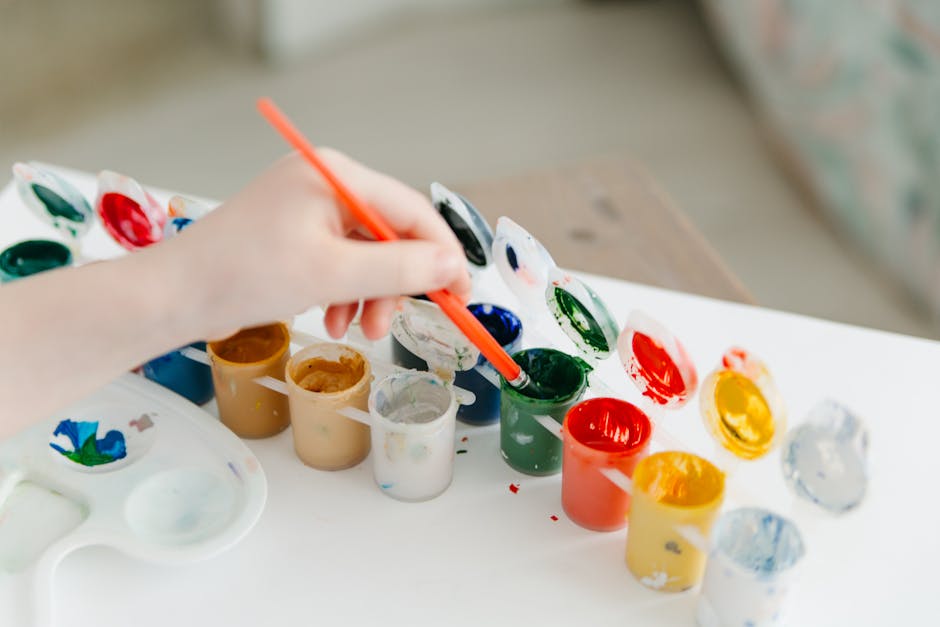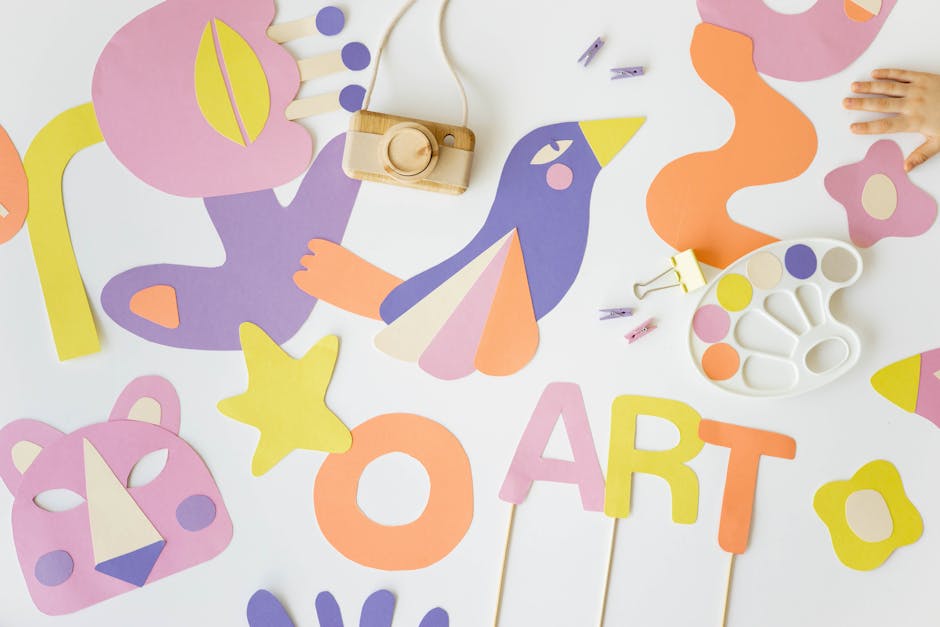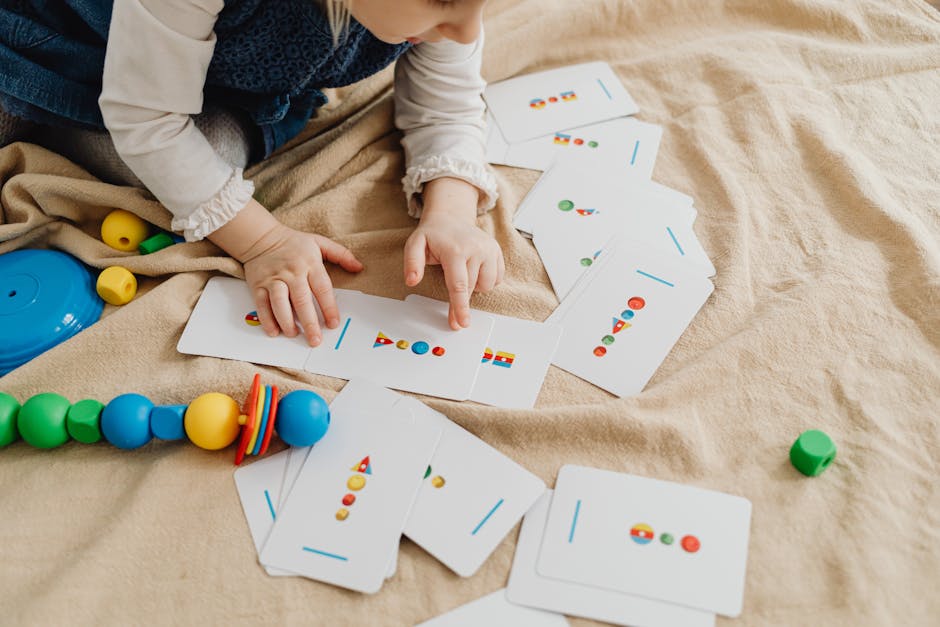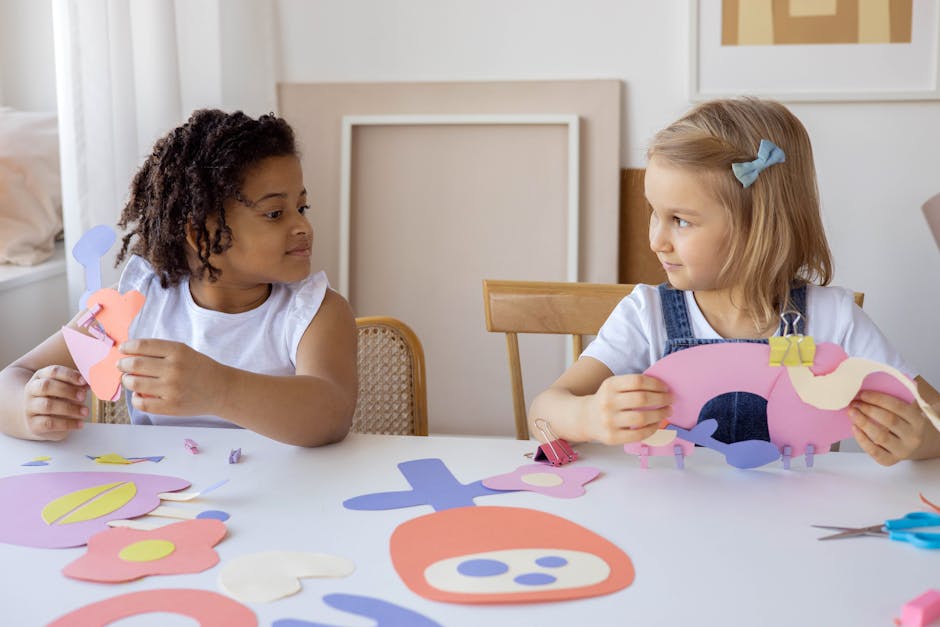DIY: Create Your Own Educational Games at Home
Are you looking for a fun and engaging way to enhance your child’s learning experience at home? Have you ever considered creating your own educational games? In today’s digital age, where screens dominate our everyday lives, DIY educational games offer a refreshing alternative that promotes hands-on learning, creativity, and critical thinking. From simple board games to interactive puzzles, the possibilities are endless when it comes to designing educational games that cater to your child’s specific interests and learning objectives.
In this comprehensive guide, we will explore the world of DIY educational games, discussing the benefits, best practices, and creative ideas to get you started on this exciting journey. Whether you’re a parent, teacher, or simply a game enthusiast, this article will provide you with the tools and inspiration to create meaningful and impactful learning experiences for children of all ages.
The Benefits of DIY Educational Games

Before we delve into the practical aspects of creating your own educational games, let’s first explore why DIY games are such a valuable learning tool. Here are some of the key benefits:
1. Personalization
One of the most significant advantages of DIY educational games is the ability to personalize the learning experience for each child. By designing games that cater to your child’s interests, learning style, and developmental stage, you can create a more engaging and effective learning environment. Whether your child is a visual learner who thrives on colorful visuals or a kinesthetic learner who learns best through hands-on activities, DIY games can be tailored to suit their individual needs.
2. Creativity and Critical Thinking
Creating educational games from scratch encourages children to think creatively and critically. From brainstorming game concepts to designing game mechanics and rules, children are actively engaged in the entire process, fostering important skills such as problem-solving, decision-making, and logical reasoning. By allowing children to take ownership of the game creation process, DIY educational games empower them to become active participants in their own learning journey.
3. Hands-On Learning
Unlike traditional teaching methods that rely on passive learning, DIY educational games promote hands-on learning experiences that stimulate multiple senses and encourage active participation. Whether children are manipulating game pieces, solving puzzles, or engaging in role-playing scenarios, they are actively involved in the learning process, making connections between concepts and reinforcing their understanding of key ideas. This hands-on approach not only enhances retention but also makes learning more enjoyable and memorable.
4. Family Bonding
Creating and playing educational games together as a family can be a rewarding bonding experience that strengthens relationships and fosters a sense of collaboration and teamwork. Whether you’re brainstorming game ideas, crafting game pieces, or playing through a game together, the process of creating and enjoying DIY educational games can create lasting memories and valuable opportunities for meaningful interactions. In addition to promoting learning, these shared experiences can also strengthen familial bonds and create a sense of togetherness.
Getting Started: Tips for Creating DIY Educational Games

Now that we’ve explored the benefits of DIY educational games, let’s discuss some practical tips for creating your own games at home. Whether you’re a seasoned game designer or a complete beginner, these tips will help you get started on your DIY game-making journey:
1. Define Your Learning Objectives
Before you begin designing your educational game, it’s essential to clarify your learning objectives. What specific skills or concepts do you want the game to reinforce? Whether you’re focusing on math, language arts, science, or social studies, clearly defining your learning objectives will guide the game design process and ensure that the game aligns with your educational goals.
2. Choose a Game Format
There are countless game formats to choose from when creating educational games, ranging from board games and card games to puzzles and interactive activities. Consider the age and interests of the players, as well as the learning objectives you want to achieve, when selecting a game format. For example, younger children may enjoy tactile games that involve sorting and matching, while older children may prefer strategy games that require critical thinking and problem-solving.
3. Design Engaging Game Mechanics
The heart of any game lies in its mechanics the rules and interactions that govern gameplay. When designing your educational game, think about how you can make the mechanics both engaging and educational. Incorporate elements such as challenges, rewards, and strategic decision-making to keep players motivated and actively learning throughout the game. Remember to strike a balance between fun and learning to ensure that the game remains enjoyable and educational.
4. Create Interactive Game Components
To bring your game to life, you’ll need to create interactive game components such as game boards, cards, dice, and tokens. Get creative with materials such as paper, cardboard, craft supplies, and recyclable items to design colorful and engaging game pieces. Consider adding visual elements, interactive features, and thematic elements that enhance the overall game experience and make learning more stimulating and immersive.
5. Playtest and Iterate
Once you’ve created your educational game, it’s essential to playtest it with your target audience whether it’s your child, students, or friends and family. Observe how players interact with the game, gather feedback on the game mechanics and difficulty level, and identify areas for improvement. Use this feedback to iterate on the game design, making adjustments to enhance the gameplay experience and better achieve your learning objectives. The playtesting process is an invaluable opportunity to fine-tune your game and ensure that it effectively engages and educates players.
Real-Life Examples of DIY Educational Games

To inspire you on your game-making journey, let’s explore some real-life examples of DIY educational games that have been created by parents, teachers, and game enthusiasts:
1. Math Maze Challenge
In this interactive math game, players navigate a maze by solving math problems to unlock gates and progress through the maze. By combining mathematical challenges with spatial reasoning, this game reinforces key math concepts while promoting critical thinking and problem-solving skills.
2. Spelling Bee Board Game
This board game challenges players to spell words correctly to advance on the game board. By incorporating spelling challenges, vocabulary building, and word recognition, this game helps players improve their language skills in a fun and interactive way.
3. Science Scavenger Hunt
In this outdoor scavenger hunt, players search for objects in nature and answer science-related questions to earn points. By combining exploration with scientific inquiry, this game encourages players to observe, analyze, and engage with the natural world while learning about scientific principles and processes.
Common Misconceptions About DIY Educational Games

Despite the numerous benefits of DIY educational games, there are some common misconceptions that may deter people from creating their own games at home. Let’s debunk some of these myths:
1. DIY Games Are Time-Consuming to Create
While it’s true that creating educational games from scratch requires time and effort, the process can be incredibly rewarding and enjoyable. By involving your child or students in the game-making process, you can turn game creation into a fun and collaborative activity that enhances the learning experience.
2. DIY Games Are Not as Effective as Commercial Games
DIY educational games can be just as effective, if not more so, than commercial games when it comes to promoting learning and engagement. By tailoring the game to your specific learning objectives and incorporating elements that resonate with your child or students, you can create a game that is highly effective in reinforcing key concepts and skills.
FAQs About DIY Educational Games
Q: Do I need to be a game designer to create DIY educational games?
A: No, you don’t need to be a professional game designer to create educational games at home. With a bit of creativity, enthusiasm, and basic game design principles, anyone can design and create engaging and educational games for children.
Q: How can I ensure that my DIY educational game aligns with curriculum standards?
A: To ensure that your game aligns with curriculum standards, start by identifying the specific learning objectives you want to address. Consult educational resources, textbooks, and curriculum guidelines to ensure that your game covers the necessary skills and concepts. You can also seek feedback from teachers or educational experts to validate the educational value of your game.
To Wrap Things Up
Creating your own educational games at home is a rewarding and enriching experience that empowers you to tailor learning experiences to your child’s unique needs and interests. By harnessing the power of creativity, critical thinking, and hands-on learning, DIY educational games offer a fun and engaging way to promote learning and skill development in children of all ages. Whether you’re designing a math maze, a spelling bee board game, or a science scavenger hunt, the possibilities are endless when it comes to crafting educational games that captivate, educate, and inspire.




